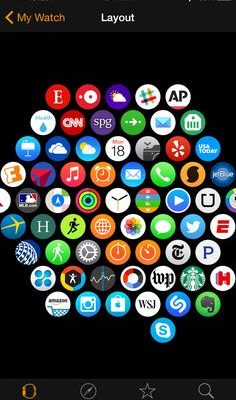WatchOS 10’s Side Button Change Almost Ruined My Apple Watch

The introduction of WatchOS 10 brought about several changes, and among them was a subtle but impactful redesign of the side button’s functionality. For many users, this alteration went unnoticed; however, for an intimate group of Apple Watch aficionados, it nearly destroyed their user experience.
Originally, the side button on the Apple Watch was a dedicated shortcut to bring up the Dock—a place where your favorite apps could be accessed swiftly. It was a go-to feature for those who relied on quickly opening apps throughout the day. But with the advent of WatchOS 10, this beloved function was re-tooled; now a single press of the side button brings up the recent apps view instead.
This change, arguably aimed at streamlining access to recent applications, actually disrupts a user’s established workflow. For individuals like myself who had meticulously curated our Docks with essential apps—the tools that manage our daily routines—the new update felt like a gut punch. The muscle memory built over years of usage now led to confusion and frustration, as pressing the side button no longer resulted in expected outcomes.
Moreover, this adjustment didn’t only affect quick access to frequently used applications but also impacted how users managed their watch’s battery life. The ability to swiftly close unused apps right from the Dock helped maintain battery performance throughout the day. With this option now less accessible, users like me noticed a decrease in battery efficiency—an unwelcome consequence of a seemingly minor interface tweak.
Apple’s decision to alter the side button’s function walks a fine line between innovation and alienation. As we adapt to these changes, it raises an important question about user autonomy—shouldn’t loyalty be rewarded with consideration for ingrained habits and preferences? Perhaps future updates will offer customizable options that acknowledge and respect how individual users have grown to interact with their devices.
Change is an inevitable part of technology, but when it impacts usability so fundamentally—at least from certain users’ perspectives—it’s worth examining whether the change was truly a step forward or just a sidestep that nearly ruined a perfectly good user interface for some of Apple’s most dedicated customers.


